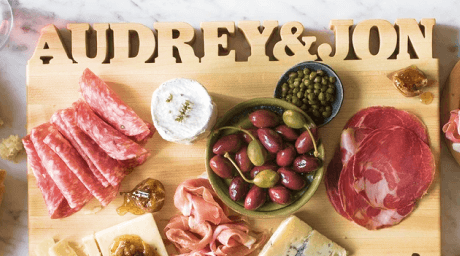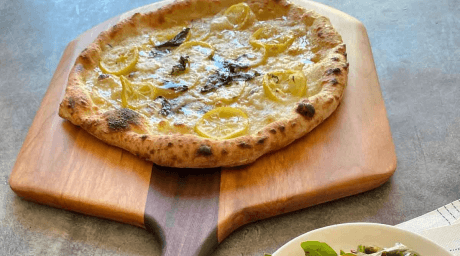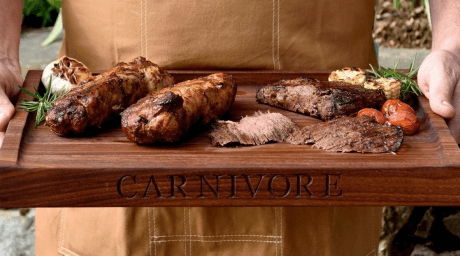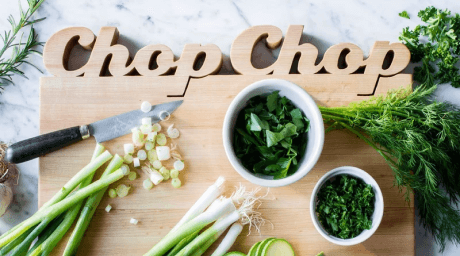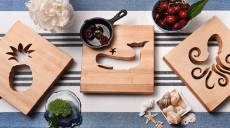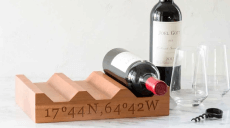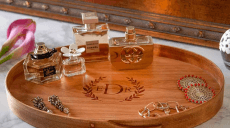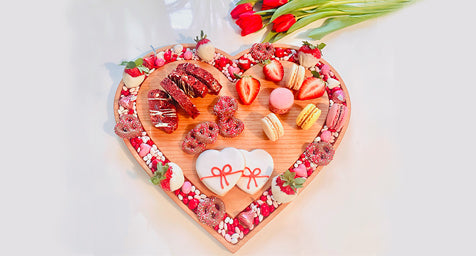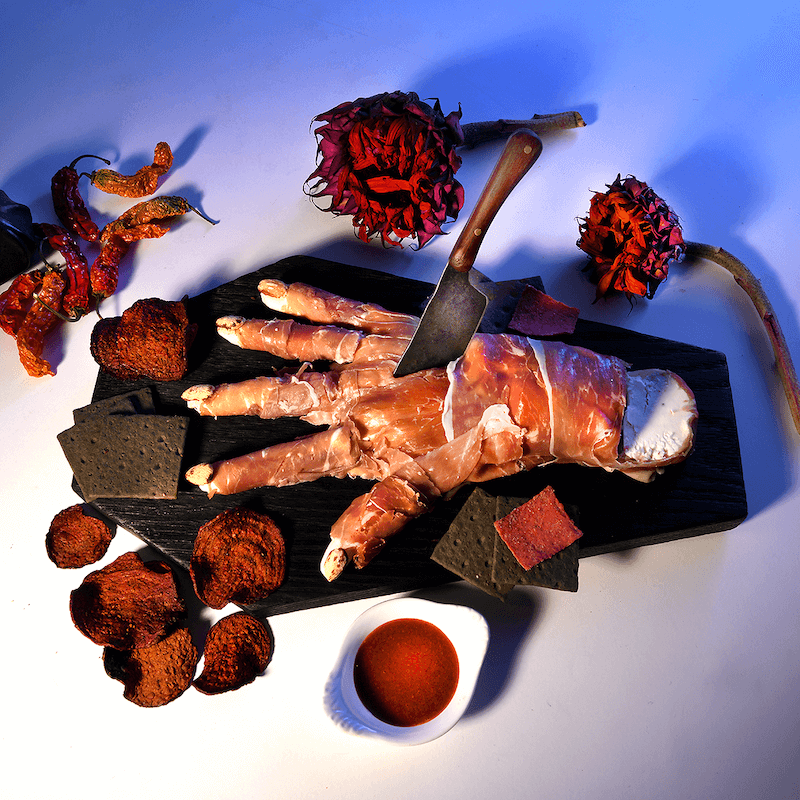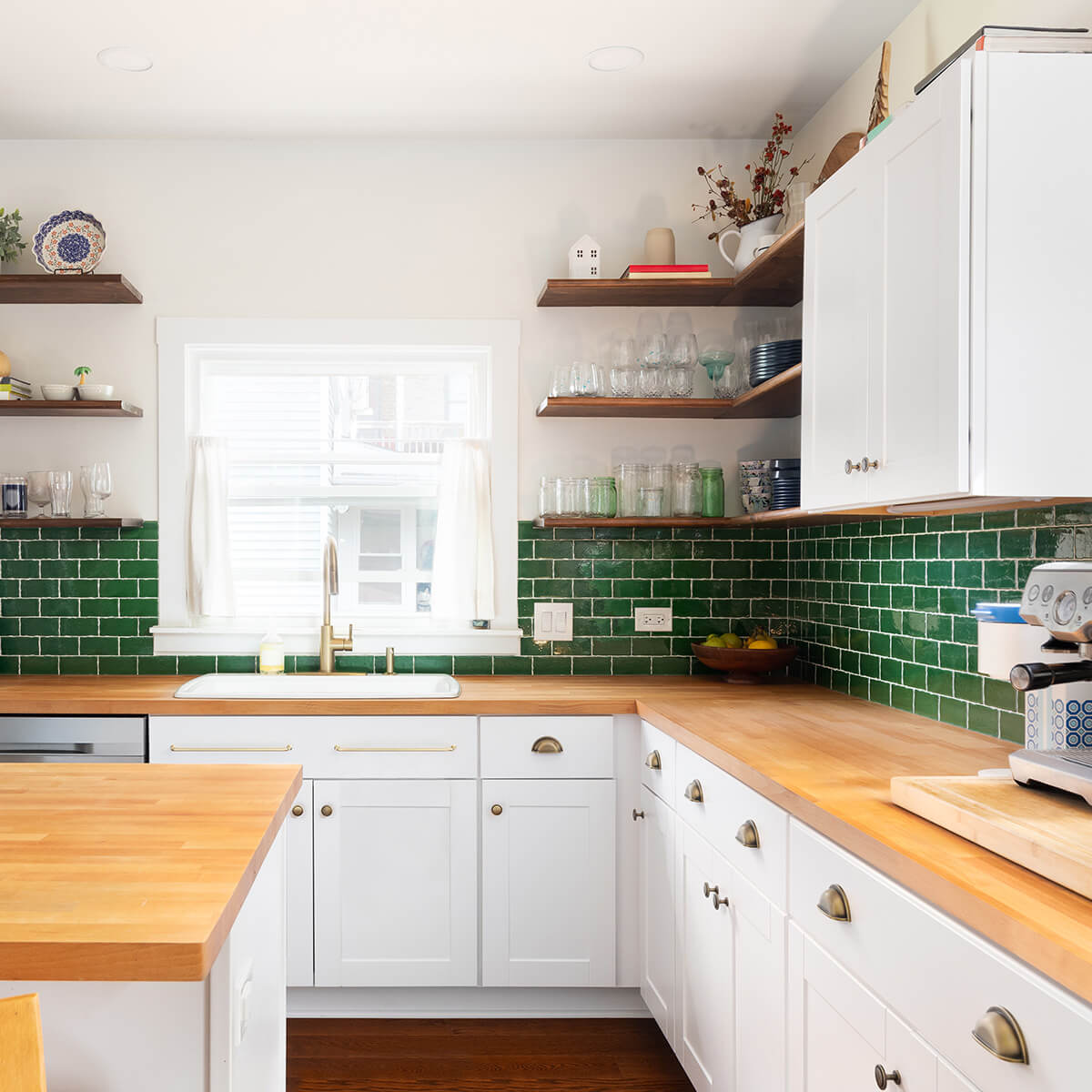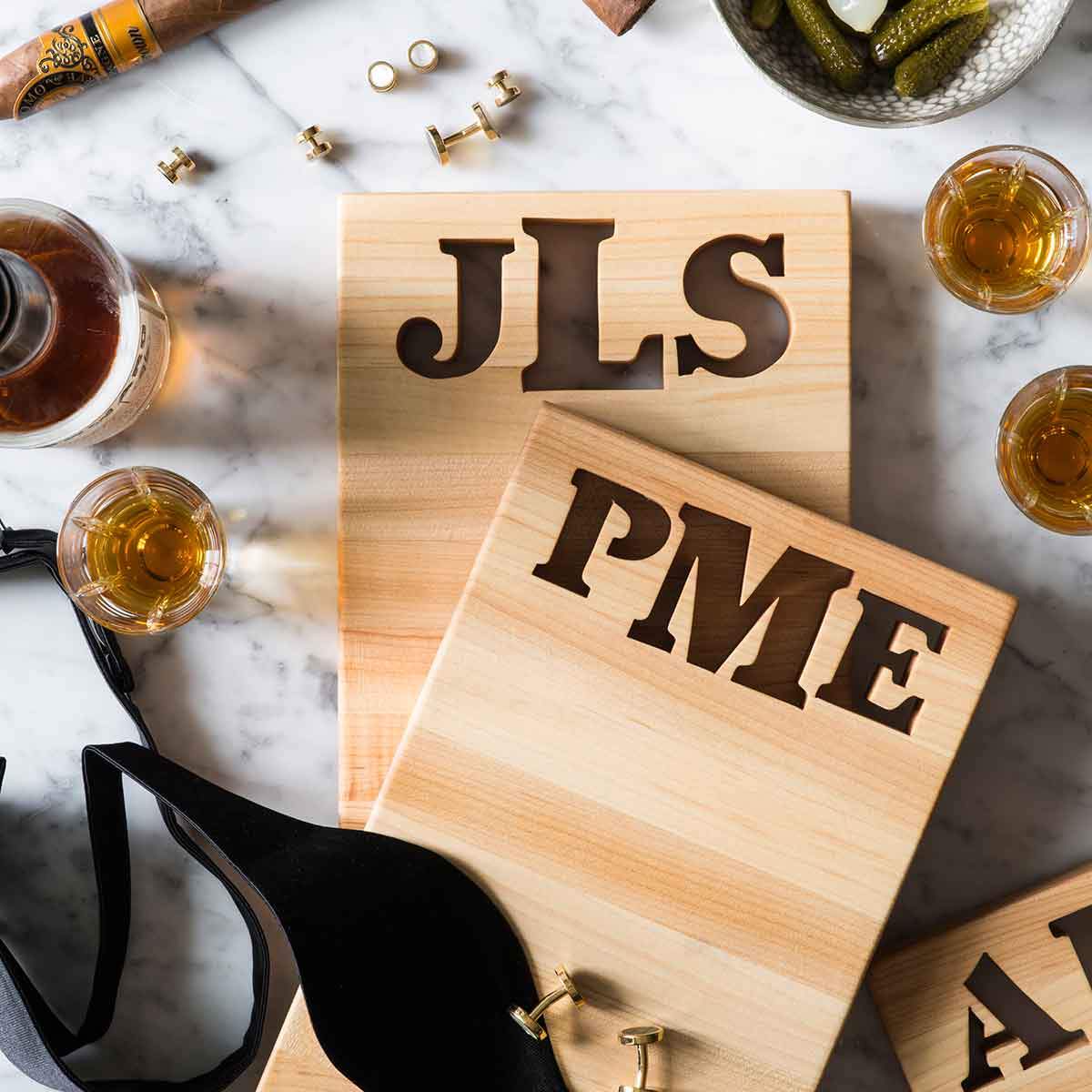The Pros and Cons of a Butcher Block Cutting Board
September 15, 2023 5 min read

Known for its durability and timeless appeal, a butcher block cutting board is a staple in many kitchens! However, like any kitchen tool, these cutting boards come with many advantages and to some, a few drawbacks. Explore the pros and cons of using butcher block cutting boards so that you can make an informed decision before buying one for your own kitchen!
Butcher Block Cutting Board
Our butcher block cutting boards are wildly popular thanks to their strength and timeless appeal. Most of our handmade wooden cutting boards are butcher-blocked, crafted with care, and built to last. They’re made by gluing together thick strips of wood, which creates a sturdy and visually appealing surface for food prep.
Choose between maple, walnut, and cherry hardwoods — we have something for every kitchen!

Understanding the pros and cons of a butcher block cutting board will help you decide whether or not it's for you. Some of the pros of a butcher block include its durability, knife-friendly surface, and versatility. The drawbacks to some people are the weight, size and maintenance. Here at Words with Boards, we believe that the pros outweigh the cons tenfold!
Let’s take a closer look at the specific pros and cons of using a butcher block.
The Pros of Using a Butcher Block Cutting Board
1. Durability
Butcher block cutting boards are renowned for their durability.
The dense, tightly packed wood fibers make them resistant to knife marks and deep gouges. That means that with proper care, a well-maintained butcher block can last for many years, making it a smart long-term investment for your kitchen.
2. Knife-Friendly Surface
One of the key benefits of using a butcher block is that it's gentle on your knives.
The wood's naturally forgiving surface helps maintain the sharpness of your knife blades by preventing excessive wear and tear. This can save you money on knife maintenance and replacements in the long run.
With a relatively soft yet firm surface, your knives can make clean cuts without excessive wear and tear on the blade.
3. Aesthetically Pleasing
Because it isn’t all about functionality, right?
These cutting boards are not only functional but also visually appealing. The warm, natural tones of the wood can complement various kitchen styles, from rustic to modern. Plus, you have the freedom to choose between walnut, maple, and cherry woods — we offer several different options to ensure that our butcher block cutting boards work with any decor.
They can even serve as a personalized decor, adding a touch of elegance to your home!
4. Versatility
Butcher block cutting boards are incredibly versatile.
They can handle a wide range of kitchen tasks, from chopping vegetables and slicing meats to charcuterie boards and rolling out dough for baking. The sturdy surface of a butcher block can withstand heavy use, making it an ideal choice for at-home cooks and professional chefs alike.
The Cons of Using a Butcher Block Cutting Board
1. Weight and Size
Butcher block cutting boards are typically heavier and thicker than other types of cutting boards.
This can make them challenging to move around and store, especially in smaller kitchens. It's important to have a designated space and plan for handling the weight of these boards. When you do, you won’t have to worry about this disadvantage!
2. Maintenance
While these types of boards are durable, they require regular maintenance to stay in tip-top condition.
This includes oiling the surface to prevent it from drying out and cracking. Neglecting maintenance can lead to warping, splitting, and a shorter lifespan for your cutting board.
A little bit of attention can go a long way — oil your butcher blocks a few times per month, and you’ll be able to maintain their quality.
3. Susceptible to Moisture
All wood is naturally porous and can absorb moisture.
When exposed to excessive moisture or left damp, a butcher block cutting board can swell, warp, or develop mold. It's crucial to keep the board dry and clean.
With that said, these issues are easily avoidable. Never soak your wooden cutting boards in water or put them in the dishwasher. You also want to make sure to allow them to air dry in an upright position before storing.
4. Cost
Butcher block cutting boards, especially ones made in the US from American hardwoods, can be costlier than a plastic cutting board or one made overseas.
In our opinion the cost outweighs the benefits. You can't beat the quality and the support you get when you buy from a company like Words with Boards.
Our Favorite Butcher Block Options
Whether you prefer a small board for daily use or a larger block to prep for a big party, our selection ensures you find the perfect fit for your needs. Here are just a few of our favorites:
- Large Personalized Cutting Board: With the ability to choose up to 12 letters, this is a great option for a wedding gift.
- Small Personalized Cutting Board (Vertical): Switch things up and opt for a vertical wooden cutting board and personalize it with up to 8 letters.
- Round Personalized Cutting Board: We love the round shape of these boards! Plus, you can customize them with up to 15 letters.
- Crab Personalized Cutting Board: Can you tell we’re Maryland born and bred? Our blue crab customized board is a great option for the crab lover in your life. Add your own special touch and personalize it with up to 10 letters.
- It’s Happy Hour Somewhere Cutting Board: Oprah’s favorite! This wooden cutting board was impressive enough to be featured on Oprah’s Favorite Things Holiday List. We can’t help but agree with her!
Butcher Block Cutting Board Frequently Asked Questions
How do I clean a butcher block cutting board?
Wash it with warm, soapy water after each use. For stubborn stains, scrub with a mixture of salt and lemon juice. Rinse thoroughly, and remember it needs to air dry to prevent pesky moisture retention.
We also have a full guide on how to clean a wooden cutting board if you need more in-depth instructions.
How do I maintain the quality of my wooden cutting board?
For starters, you must make sure to clean it after each and every use. You’ll also want to regularly apply a food-grade mineral oil or butcher block conditioner. This will keep the wood hydrated and prevent drying or cracking.
We suggest that you reapply the oil every few weeks or as needed, depending on how often you use your board.
What wood is best for butcher block cutting boards?
We have butcher blocks available in maple, walnut, and cherry hardwood — and firmly believe that they are the best types of wood for butcher blocks.
Maple is known for being hard and light-colored, while walnut offers a rich, dark appearance. Cherry has a reddish hue. Consider your personal preferences, needs, and kitchen decor when choosing a wood type.
Our Final Thoughts
Ultimately, deciding whether a butcher block is right for your kitchen depends on your preferences and priorities.
If you value a durable, knife-friendly, and visually pleasing surface for food preparation, and are willing to invest time in proper care, then this type of cutting board can be an excellent addition to your kitchen!
Just remember that with the right maintenance, the pros of using a butcher block cutting board can outweigh the cons, making it a lasting and valuable (and functional) tool.
Leave a comment
Comments will be approved before showing up.
Also in Stories
Subscribe
Sign up to get the latest on sales, new releases and more …
Recent Articles
-
Halloween Charcuterie Boards: Entertaining Ideas
October 14, 2025
-
Pros and Cons of Wood Countertops
June 16, 2025
-
Wood Anniversary Gifts for Him
March 06, 2025
-
Monogrammed Charcuterie Board
February 12, 2025
-
Cutting Board Size - Choose The Right Size For Every Kitchen Task
January 26, 2025
-
Creating a Delicious Charcuterie Board with Bee Inspired Honey
November 29, 2024
-
Best Cutting Board Material: Wood or Plastic - Everything You Need to Know
June 24, 2024
-
Why Is It Called a Lazy Susan? - The Origin of the Name
June 21, 2024
-
5 Year Anniversary Symbol: Why is Wood the Gift?
June 13, 2024
-
What Makes a Great Walnut Cutting Board
June 13, 2024


